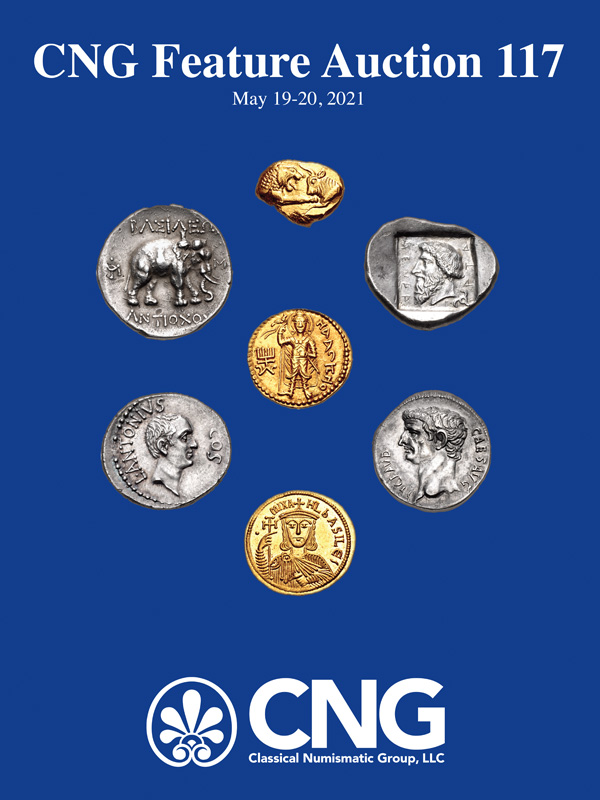
PREV ARTICLE
NEXT ARTICLE
FULL ISSUE
PREV FULL ISSUE
ROMAN PRAETORIAN GUARD COINS FOUNDCoins are mentioned but not shown in this article from The Sunday Times shared by David Sundman. -Editor Hundreds of ancient Romans fleeing the eruption of Vesuvius in AD79 were minutes away from being rescued on a boat sent by the historian Pliny the Elder when they perished, an expert has claimed. The skeletons of 300 inhabitants of the coastal town of Herculaneum were discovered in the 1980s huddled with their jewellery on the town's beach, killed by a tide of boiling volcanic material as they waited to be saved. Historians have suggested they were close to being picked up by a rescue mission ordered by Pliny, who was commander of the local naval fleet; Francesco Sirano, the director of the archaeological site at Herculaneum, says he may now have clinching proof of this.
Herculaneum was buried under 20 metres of volcanic material that hardened into rock, allowing the preservation of wood, albeit carbonised, unlike at its more famous neighbour, Pompeii.
When the eruption was spotted by Pliny from Misenum, across the Bay of Naples, he On the beach at Herculaneum, which is now 500 metres inland, the remains of a nine-metre-long rowing boat thought to be military suggests that Pliny's ships also made it there. Near to the boat lay skeleton No 26, a man aged between 40 and 45, in good health who was thrown face down into the sand by the force of the eruption. Thought to be a regular soldier because of his sword and dagger, Sirano said that the latest research showed that he was probably from the elite Praetorian Guard. The coins he carried — 12 silver denarii and two golden denarii — were equal to the month's salary paid to the Guards, he added. Daivd adds: "This is an interesting find and theory. Herculaneum is a very nice site, and much more compact than Pompeii. I was fortunate to visit the site in November 2019, just before COVID-19 hit."
To read the complete article (subscription required), see:
Wayne Homren, Editor The Numismatic Bibliomania Society is a non-profit organization promoting numismatic literature. See our web site at coinbooks.org. To submit items for publication in The E-Sylum, write to the Editor at this address: whomren@gmail.com To subscribe go to: https://my.binhost.com/lists/listinfo/esylum All Rights Reserved. NBS Home Page Contact the NBS webmaster 
|

